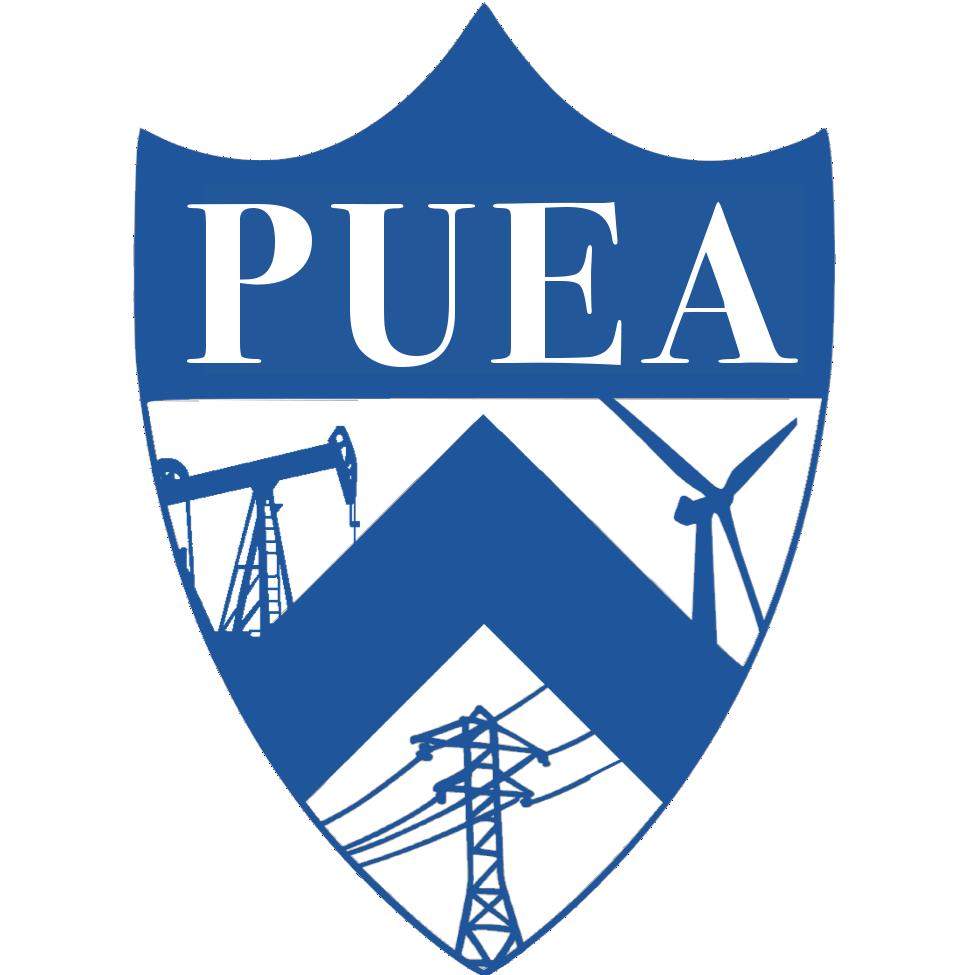Volume 11, Issue 9
April 26, 2021 – May 2, 2021
Rei Zhang ‘21 | Zihan Lin ‘23 | Joe Kawalec ‘21 | Riti Bhandarkar ‘23
Electric Aviation Trailblazer Bye Aims To Dethrone The King Air
April 21, 2021 | Forbes | Jeremy Bojaisky
Bye Aerospace’s new electric airplane concept looks deceptively simple in its design, but it still has the potential to outdo other electric aviation startups. The details of the eFlyer 800, an eight-seat, twin-propeller plane, have been exclusively revealed to Forbes in this article, and the design boasts one-fifth the operating power of the Beechcraft King Air. This electric aircraft can cover distances without any carbon dioxide emissions and with much less noise, citing lithium-sulfur batteries as a motivation as a power source. These batteries would have more energy density than conventional lithium ion cells and they are being worked on by a U. K. startup named Oxis Energy. The electrification of planes is a field that will take plenty of investments and work to pull off, but this is a step in the right direction. -JK
DOE to Help 11 Remote and Island Communities Transition to Resilient Clean Energy
April 22, 2021 | Transmission & Distribution World
The Department of Energy (DOE) recently announced that it will be providing federal assistance for the transition to clean energy to 11 U.S. remote and island communities, as part of the DOE’s Energy Transitions Initiative Partnership Project (ETIPP). Remote communities are geographically isolated, and tend to have high energy costs and infrastructure that is vulnerable to natural disasters and climate change. This new partnership aims to fund research and the transition to clean energy in these 11 communities, which are located in North Carolina (2), Maine (2), Hawaii (2), and Alaska (5). -RZ
FERC overstepping its authority in move to lower demand response barriers, NARUC, utilities charge
April 21, 2021 | Utility Dive | Catherine Morehouse
After FERC passed order 2222, a piece of legislation directed at benefiting the ability of DERs (distributed energy resources, like rooftop solar) to participate in the wholesale electricity market, backlash from utilities and state regulators arose. Specifically, order 2222a denies states the option to opt-out of allowing aggregated demand response to bid into wholesale markets. The Midcontinent Independent System Operator (MISO), Edison Electric Institute, the National Association of Regulatory Utility Commissioners (NARUC) and individual state commissions are filing for a hearing in the U.S. Court of Appeals for the D.C. Circuit, claiming that this attempt to block states’ ability to choose whether or not to adopt DERs oversteps FERC’s authority. However, DERs support the order, claiming that it will help states to create good demand response programs. -RB
Scientists Create Wood That Generates Useful Amounts Of Electricity
April 20, 2021 | Forbes | Scott Carpenter
A new paper authored by scientists from ETH Zurich in Switzerland has revealed a novel way to make wood produce small amounts of electricity. The scientists take advantage of the property known as piezoelectricity, which is the ability of wood and some other materials to discharge small amounts of electricity when the materials are compressed. To make the wood more compressible, the scientists use a fungus to selectively remove a material called lignin from the cell walls of balsa wood. The result is a “wood sponge” which generated a voltage 85 times higher than that of an untreated piece of wood. Similar products that leverage the piezoelectric effect have been developed before, but they have never been deployed on a large scale. The research team imagines that future iterations of this technology could be used in biomedical sensors or embedded into floorboards so walking over them generates electricity to power appliances. -BB
Sunlight to solve the world's clean water crisis
April 16, 2021 | ScienceDaily | University of South Australia
Less than 3% of the water supply on earth is fresh, potable water. Researchers from the Future Industries Institute of the University of South Australia have found a way to derive fresh water from seawater, brackish water, or contaminated water. Their design employs a photothermal source on the surface of a water source that can convert incoming sunlight to heat, which will evaporate the top layer of water. This process is called solar evaporation. Previous procedures centered around solar evaporation have suffered energy losses that made the method impractical. In contrast, the current technology developed by this team can capture and focus all of the energy from the sunlight and even draw additional energy from the water and the environment. This highly cost effective and low maintenance system can be the solution to clean water for all. -ZL






